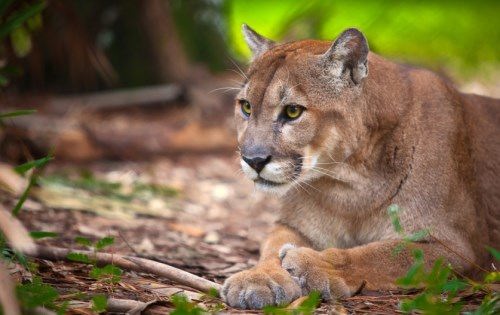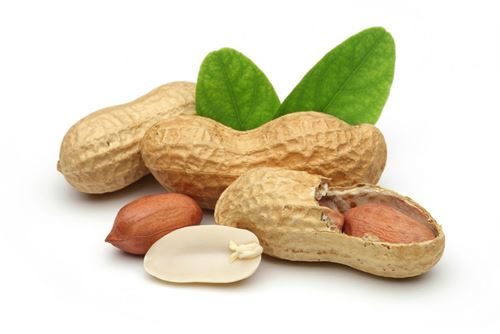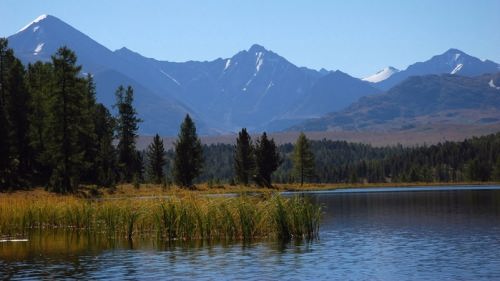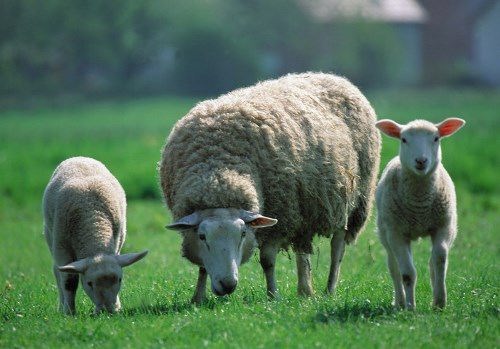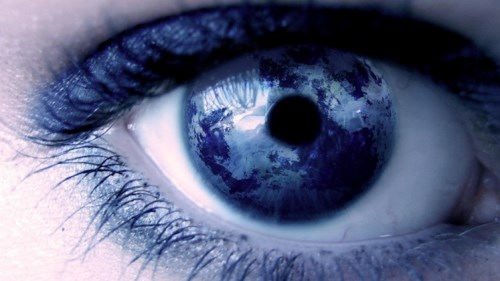Puma – beautiful wild cat
The puma is a large cat of North and South America. It is also commonly called a mountain lion, cougar, or panther. Probably puma is the only animal on the planet which has so many names. Puma is even in the Guinness Book of Records as an animal with a large number of names. Its scientific name is Puma concolor.
Pumas can be up to 1.8 meters long, without the tail. They stand about 0.6 to 0.9 meter tall at the shoulder and weigh about 36 to 100 kilograms. They may be yellowish tan, reddish brown, bluish gray, or some other color.
They are great jumpers and can jump to heights of more than 5.5 meters.
More »
